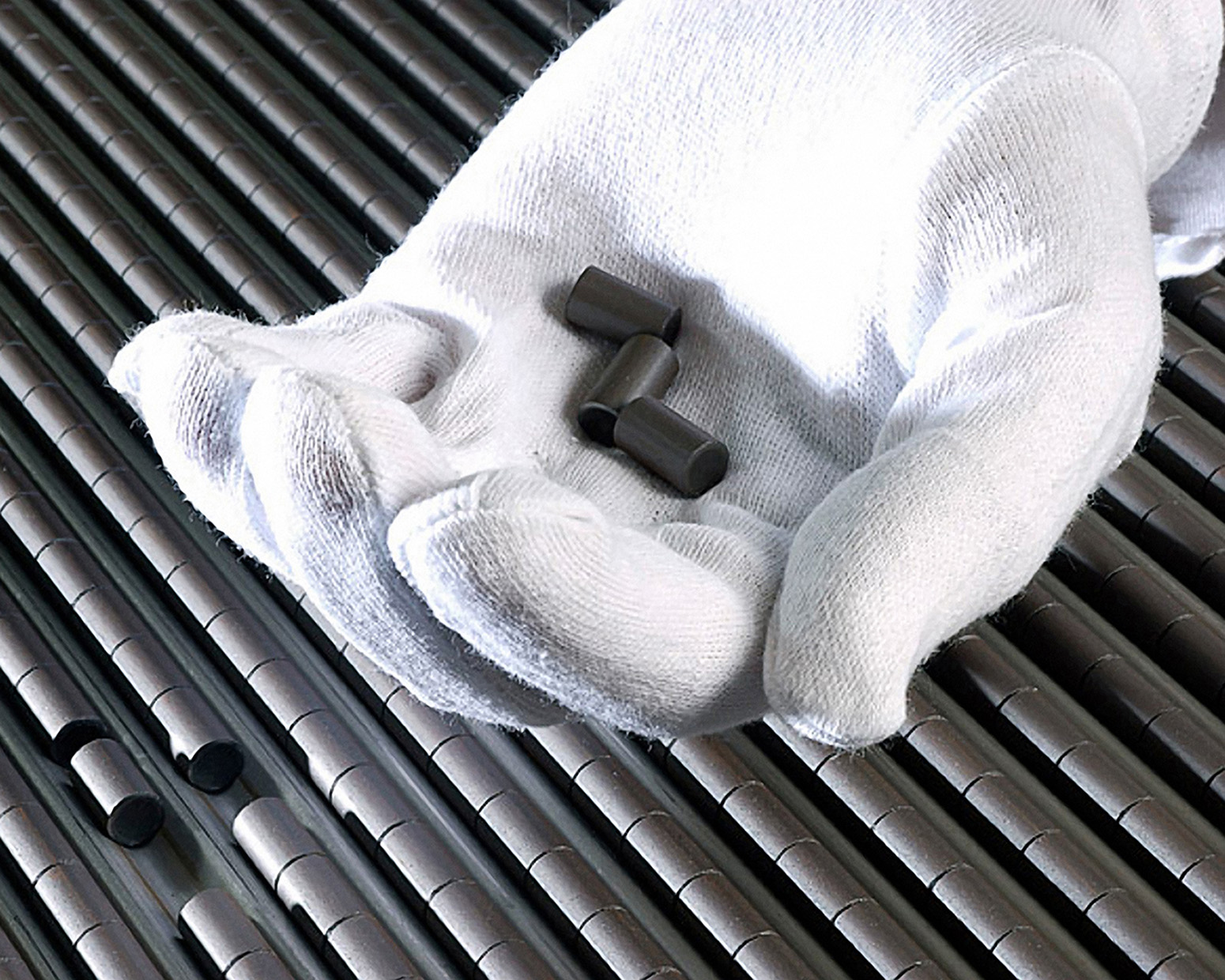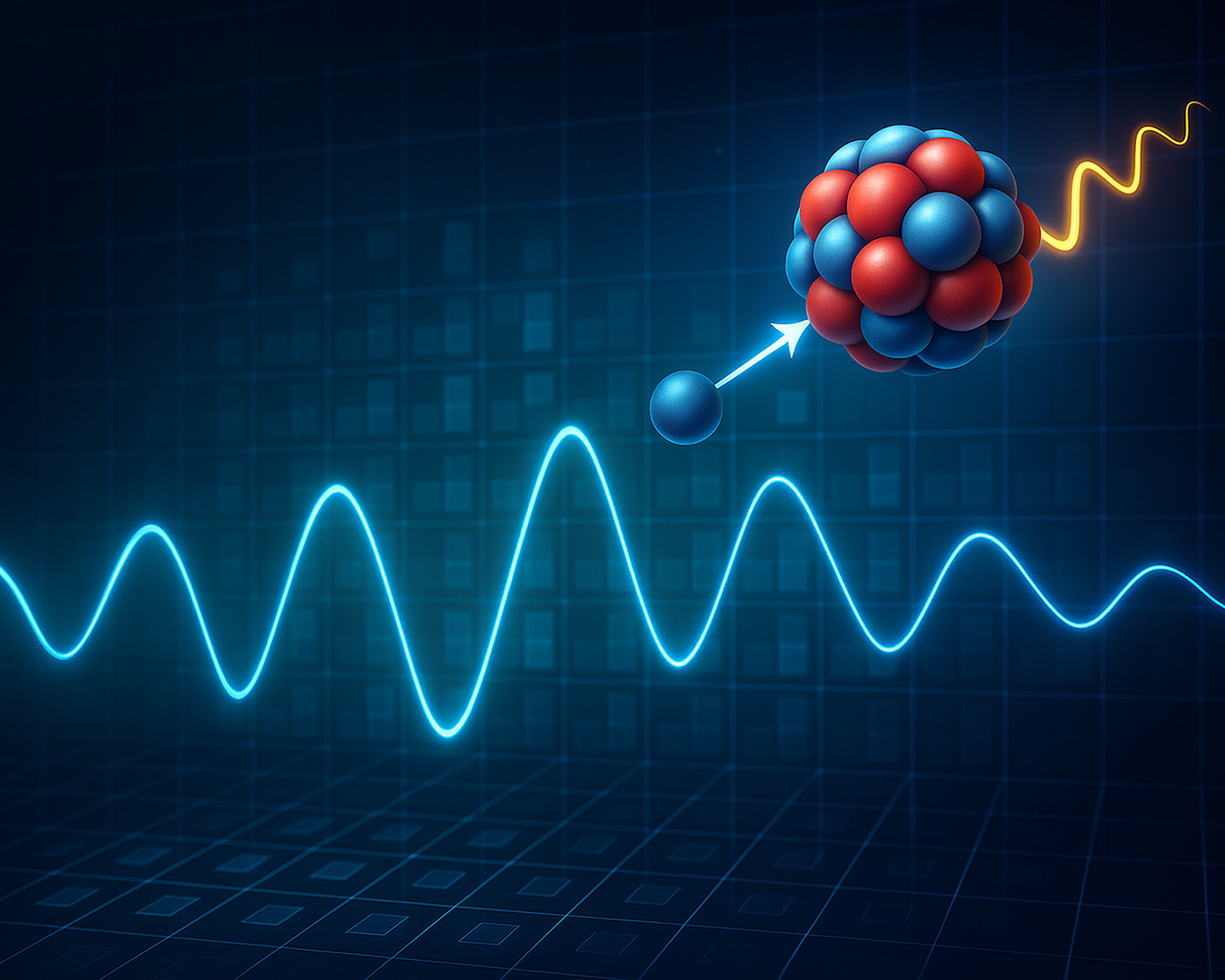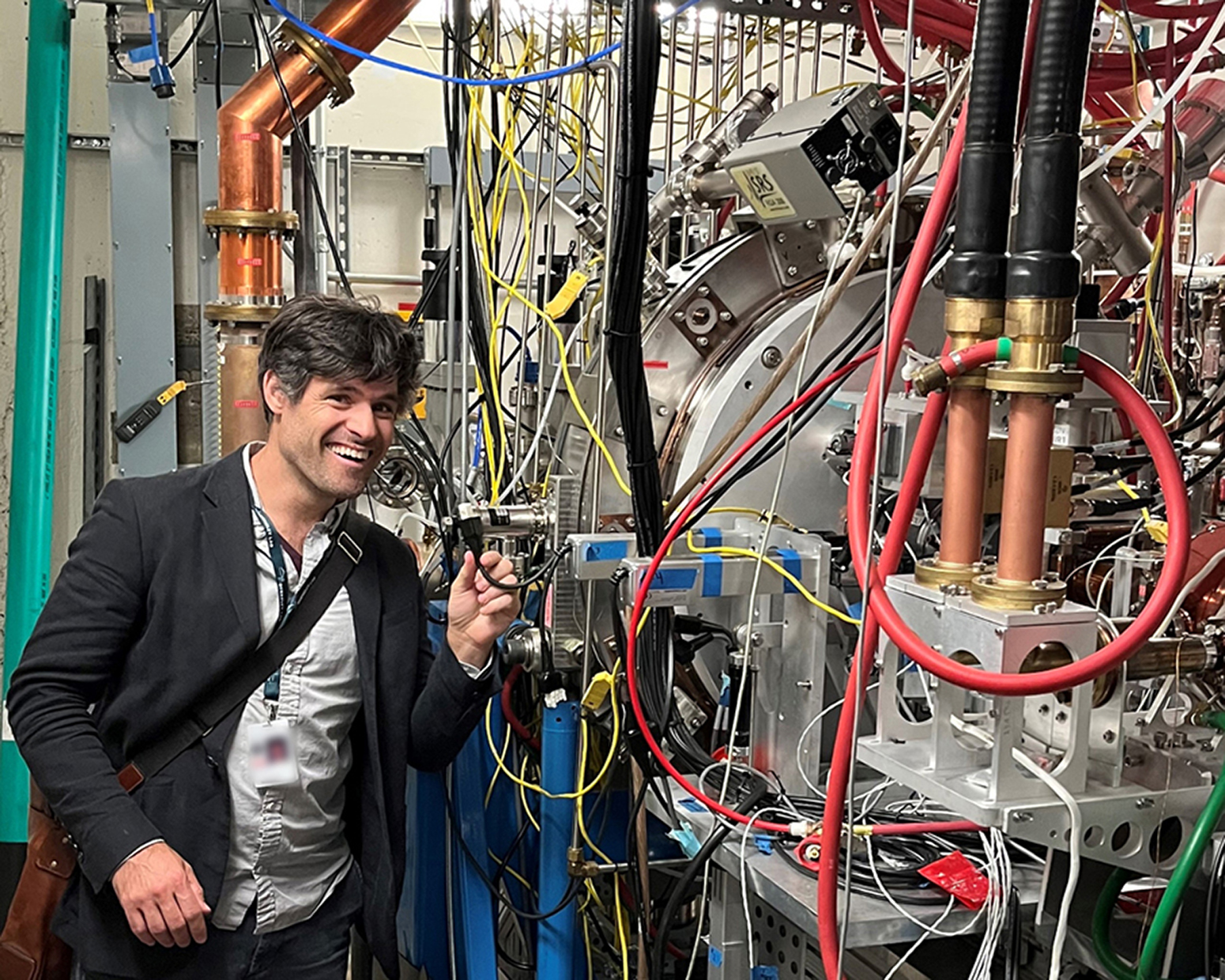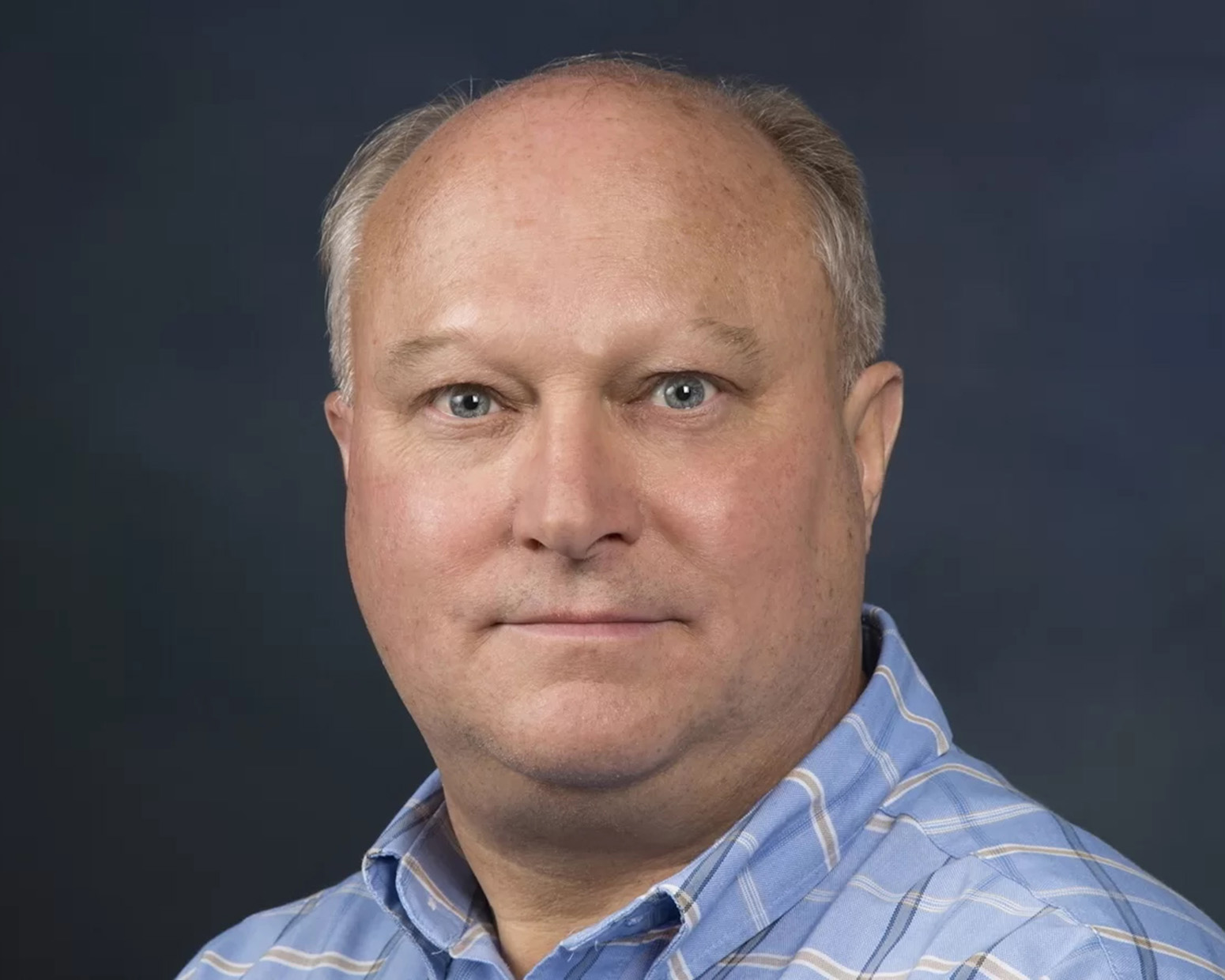Toward more durable materials for high-tech electron sources
Advanced accelerators could open door to previously inaccessible physics phenomena

A research team from Los Alamos and Japan has shown that optimizing potassium in potassium cesium antimonide photocathodes improves their efficiency and durability. These promising candidates could create the bright, precise electron beams needed for advanced accelerators, such as free-electron lasers.
Why this matters: The team’s work addresses technical challenges hindering the implementation of next-generation photocathodes in accelerators, such as the Linac Coherent Light Source II under development at SLAC National Accelerator Laboratory and the Dynamic Mesoscale Materials Capability proposed for Los Alamos. Such powerful advanced accelerators allow scientists to explore previously inaccessible physics phenomena, which offers the potential for advances in fields ranging from quantum materials to medicine to clean energy technology.
What they found: The team’s results show that sufficient potassium ameliorates the photocathode’s susceptibility to degrade in less-than-ideal conditions. Their work provides a “recipe” for the right chemical balance for photocathode peak performance.
What they did: The researchers used synchrotron radiation X-ray photoelectron spectroscopy to compare depth profiles of two photocathodes with different amounts of potassium. While both versions performed similarly at first, after exposure to oxygen, the photocathode with balanced potassium performed better and held up longer than its potassium-deficient counterpart.
To perform this study, the team relied on a variety of Los Alamos capabilities:
- Materials synthesis and characterization — specifically, the graphene-coated substrates used in analyzing the photocathodes.
- Density functional theory modeling and simulation — specifically, calculations performed to gain insight into the origin of the robustness of the photocathodes with different compositions.
Funding: The Los Alamos portion of this work was supported by the U.S. DOE Office of Science under the U.S.-Japan Science and Technology Cooperation Program in High Energy Physics and the Los Alamos Laboratory Directed Research and Development (LDRD) program.
LA-UR-25-21607





